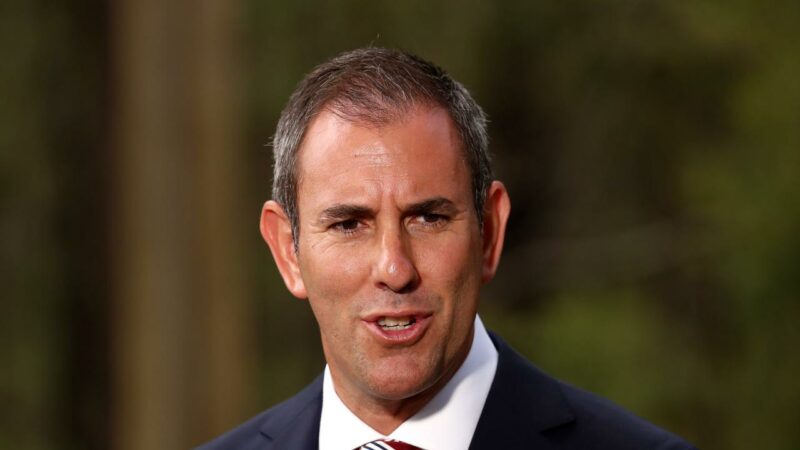RBA’s Interest Rate Failure Exposes Disconnect from Economic Reality
Economic data reveals central bank’s misstep
Another round of economic data has highlighted the Reserve Bank of Australia’s (RBA) ongoing misjudgment in handling interest rates, suggesting the central bank remains out of touch with the actual state of the labour market and broader economic reality.
Critics slam RBA’s slow response
Once again, figures indicate the RBA has been too slow to cut rates, clinging to outdated interpretations of employment and inflation indicators. Michael Pascoe offers a blunt assessment: “Another day, another set of numbers that say the Reserve Bank doesn’t understand what’s going on with Australia’s economy, and is running late in cutting interest rates.”
Obsolete labour market models to blame
At the heart of this lag is the RBA’s confusion about the labour market, a misunderstanding rooted in an outdated reliance on the NAIRU (non-accelerating inflation rate of unemployment). After admitting it had misjudged this for years, the RBA now attempts to divine “full employment” using a medley of employment indicators. But the exercise borders on nonsense.
Wage stagnation undermines RBA’s theory
What’s obvious is being ignored: if the labour market were truly “tight”, wages would be rising significantly, driving inflation upward. But wage growth is softening even as unemployment holds steady around 4.1%. Inflation is declining—not surging—as the RBA feared.
Evidence contradicts overheating claims
“If wages are rising too fast, the growth in wage rises tends to accelerate. Instead, market wage rises have been getting smaller.” This proves the labour market is not overheating.
Business complaints are not credible data
The RBA’s hesitance is driven by contradictory reports, including business complaints about a shortage of quality workers—an age-old excuse in nearly every economic climate. “Memo RBA: business will always say there’s a shortage of good workers except in the depths of recession.”
Analysis delays mask the obvious truth
Rather than accept the straightforward data, the RBA’s Statement on Monetary Policy drowns in tangential analysis. It’s a tactic that delays action and avoids confronting the clear evidence that unemployment, while low, does not equate to a tight labour market. This should be seen as a policy success, not a reason for alarm.
Fear of acting becomes the real danger
Fear of risk continues to paralyse action, ironically creating more economic risk. The RBA is driving with its eyes glued to the rearview mirror, making decisions based on outdated data. Even the board minutes concede that the Bank only acts once market expectations make it “safe”.
Governor admits reliance on slow data
Governor Michele Bullock admitted in May that the bank ignores the monthly CPI data, relying instead on the quarterly figures. Yet “the monthly numbers are not as detailed but they have proven to be reliable indicators of where inflation is heading and better at that than the quarterly figures.”
Slow growth underscores need for action
The March quarter national accounts now confirm weak economic growth in early 2024, indicating a desperate need for rate cuts. Still, the RBA remained frozen, obsessed with flawed assessments and slow data, oblivious to real-time economic signals.
Forecasts now turning grim
Forecasts are now being revised downward—for growth, employment, and inflation. The RBA’s refusal to cut rates at the April meeting, where action was clearly needed, reflects not caution but cowardice.
Trump cited as weak excuse
A partial excuse cited for inaction was uncertainty around Donald Trump’s political resurgence. But as Pascoe noted, “There was no uncertainty about whether there was going to be an upside to the Toddler King, only how bad the downside might be.”
RBA fails to act in time—again
A confident board would act pre-emptively in the face of risk. Instead, this one chose delay. “It failed.”






